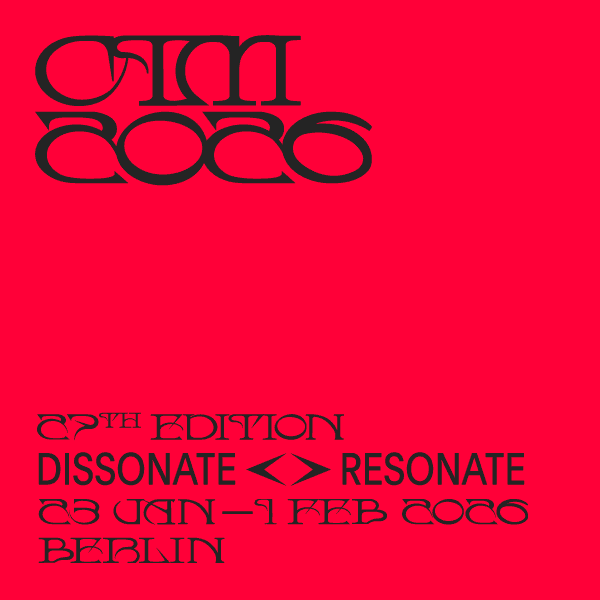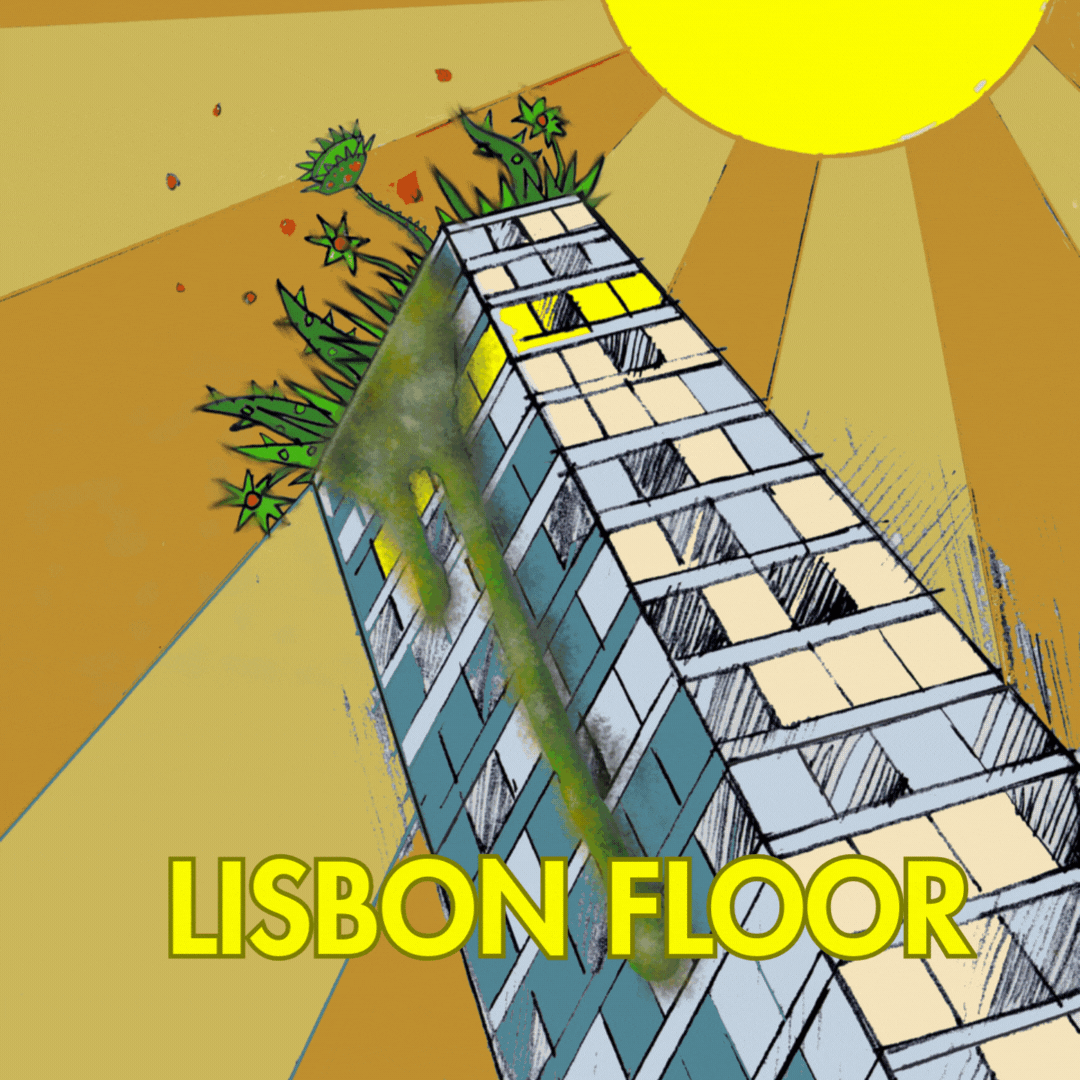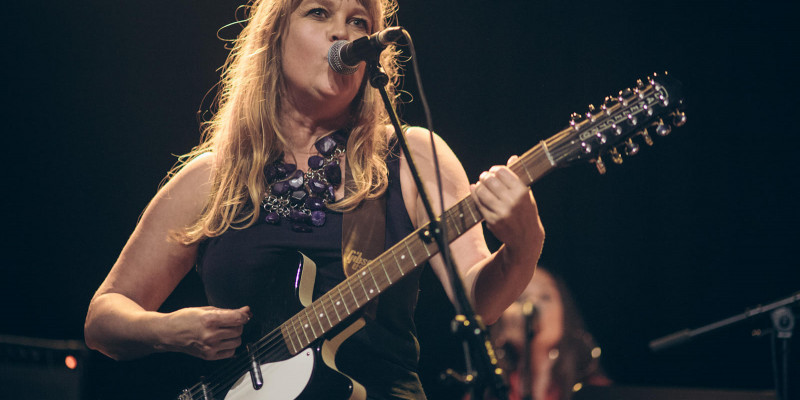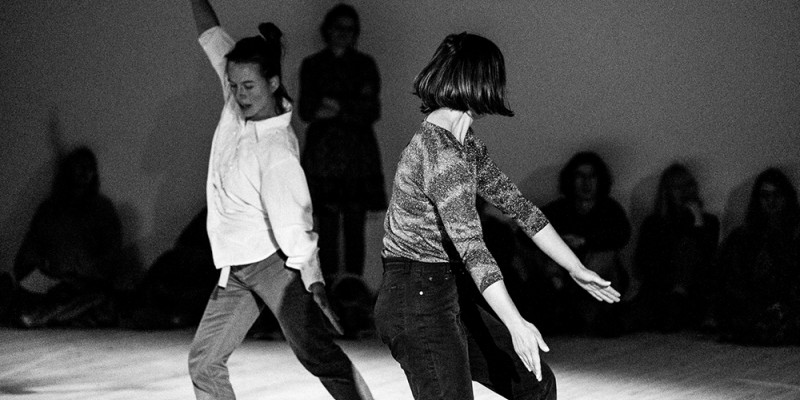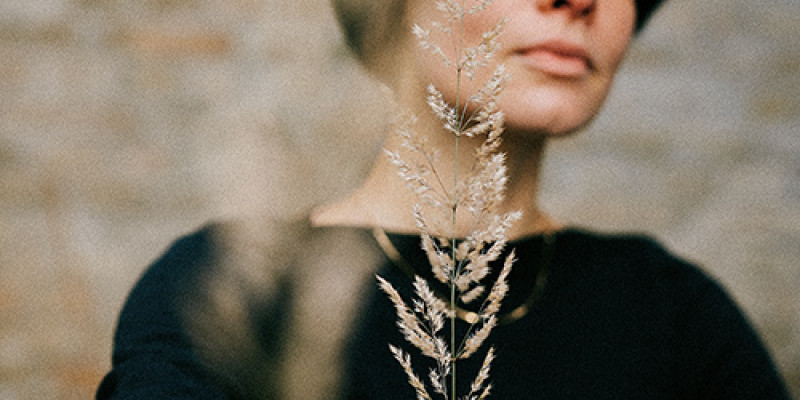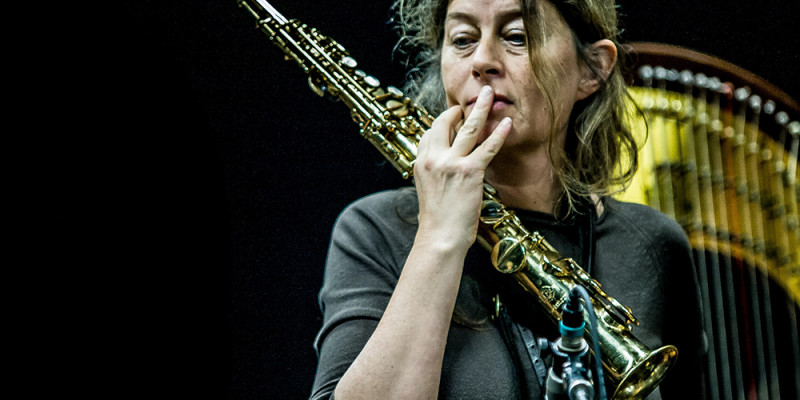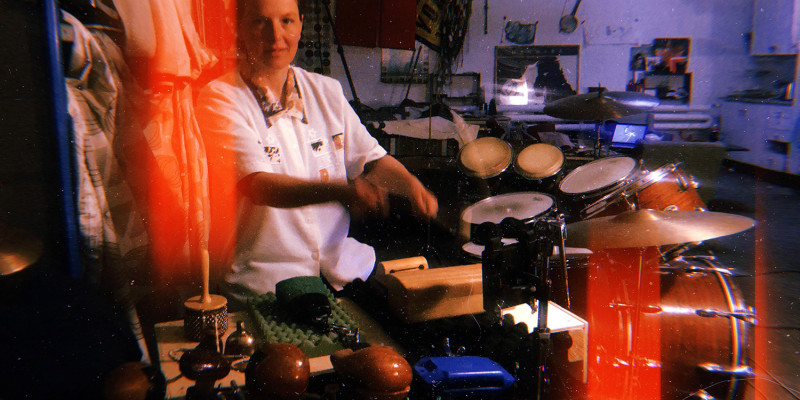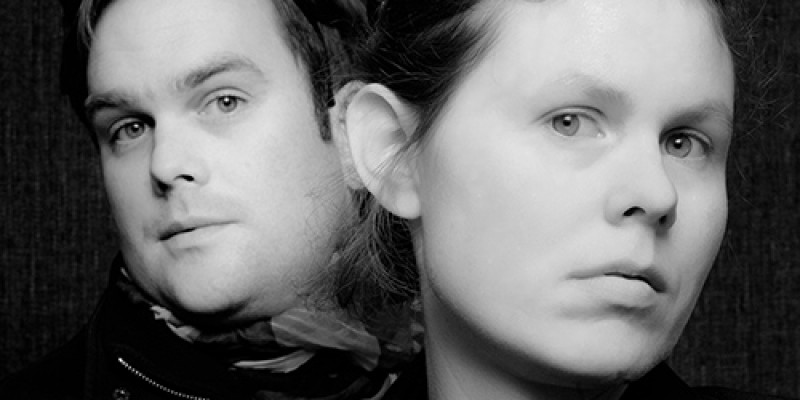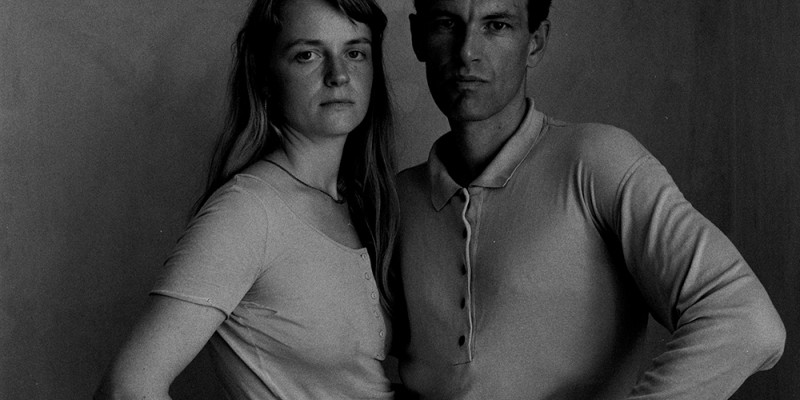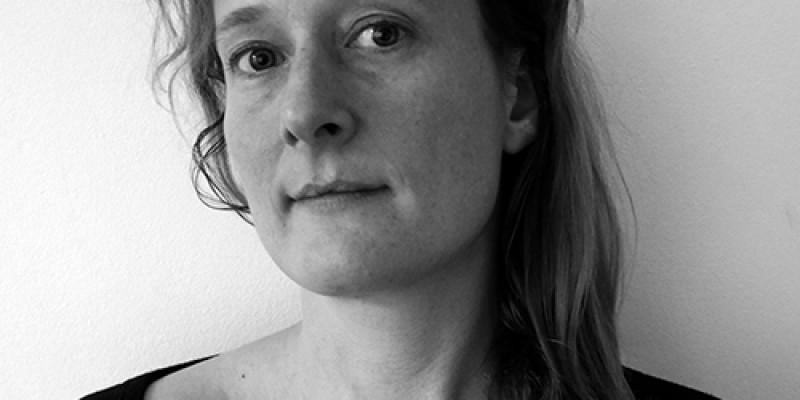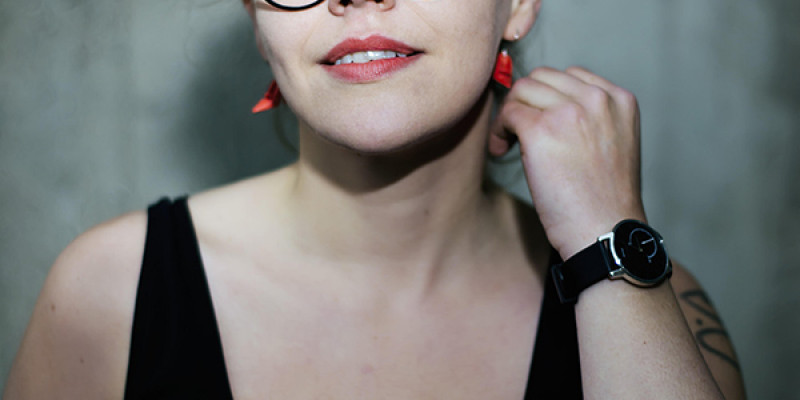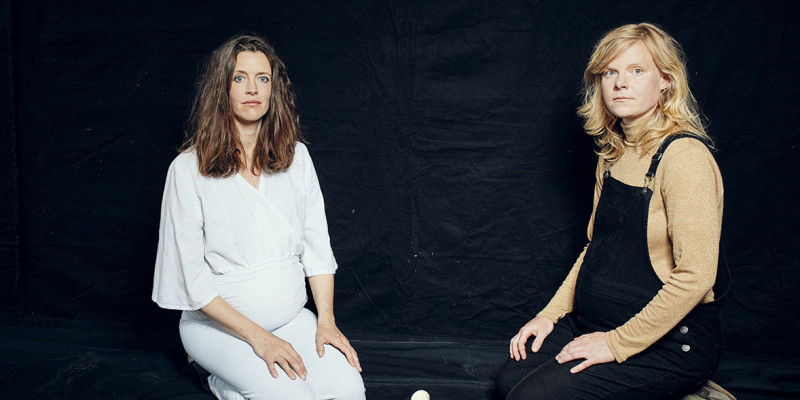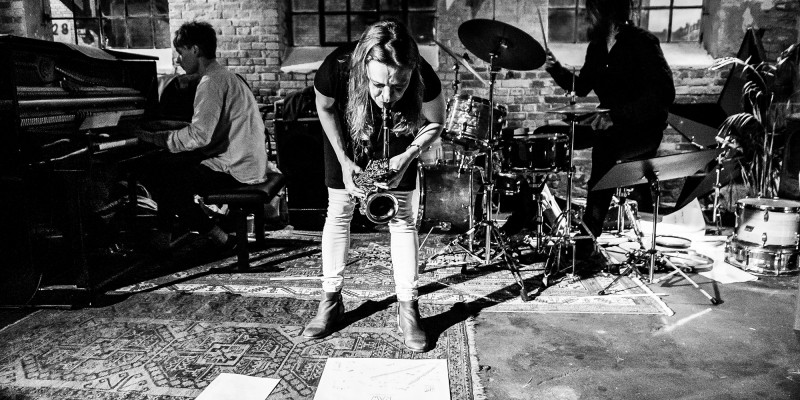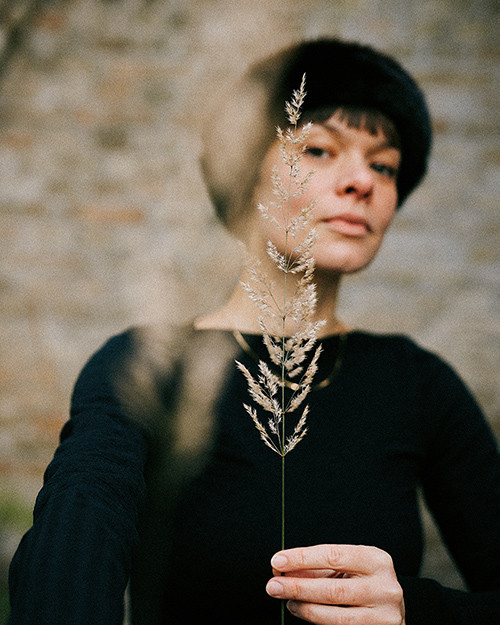
Resonance and personality
As a musician, singer and composer, I have been taught by, studied with and worked with women as well as men. I experience that the difference of meeting with different partners, colleagues and teachers lies primarily in the individual person more than in gender. That, in any case, is what I want and strive for.
Over time, I have become aware that I reason best with responsiveness, curiosity, honesty, clear communication, courage, openness – also for any. conflicts in my artistic collaborations. In addition, the collective and trusting in collaborations built up over time is wildly interesting, just as collaborations that challenge and develop me, as well as colleagues or even the audience. Finally, I find that a common understanding of or sense of aesthetics and time is crucial to whether an artistic collaboration can work.
I never choose based on gender, I only collaborate with people where I experience resonance
I have encountered these qualities in many different people, genders and bodies in my artistic work. There may be a tendency to define these qualities as feminine or masculine, which I find misleading. I would prefer to use terms such as extroverted or introverted.
This is true, for example, in a collaboration with a woman as a man, where we are in processes of great search, sensitivity to the material or responsiveness versus intense production, quick decisions and dynamic, clear authoritarian leadership in pressured situations. Dynamics and qualities that are important in any collaboration. The qualities I experience are not linked specifically to a gender. It is my experience that the qualities, on the other hand, are far more characterized by environment, culture, perspective and personality.
Frustration and inspiration
When this is described, approx. 2/3 of my primary collaborators as musicians, and singers over the last 5-6 years, have been women. In my work as a composer, I have in the last few years had a larger percentage of collaborators who were men. It may be coincidental, but I also have the feeling that there are even more male than female composers and conductors (and maybe even musicians) in the classical music world. However, there is an increased awareness and curiosity about this internationally. It takes time to see, hear and feel the development. I never choose based on gender, I only collaborate with people where I experience resonance.
In preparation for class, I had not considered that she was the first female composer I should meet as my teacher
I have only a few times worked directly with gender in my works and prefer that it lies as an undercurrent, more than a definite center of the work. As for example with the chamber opera One world above, another below (2019) composed for soprano soloist Katinka Fogh Vindelev and Århus Sinfonietta.
The work is inspired by a four-week tour in Japan with the experimental cello duo Soma & Lil in 2018, where for the first three weeks I experienced the most beautiful sides of Japan in relation to people, landscape, travel, etc. The last week I experienced so the diametrically opposite, i.a. how women and especially younger women do not have the same authority as older men. This extreme field of tension created both great frustration and inspiration, which I wrote out throughout this 45-minute chamber opera.
An extra dimension
I find that over time I more and more actively seek inspiration and experience from specifically women in music, literature, art and society, as this reflection creates a subtle, but real, extra dimension in the inspiration.
A particularly apt experience for me in relation to gender was when I had my first class with composer Juliana Hodkinson at the soloist program in classical composition at DJM in 2018. In preparation for class, I had not considered that she was the first female composer I should meet as my teacher. But as we sat for the class, several questions and thoughts suddenly arose about what it was like to be a mother and composer, or what it was like to be a woman in a traditionally male-dominated world, for example in collaborations with symphony orchestras and conductors. How hierarchies that have practical, logistical and historical justifications are experienced if one does not immediately fit so well into this form (whether it is due to gender, personality, background or a mixture). And how to hold on to what is important to one in the encounter with the music and the collaborators and at the same time respect and be part of these traditional forms of work - without it necessarily being perceived as vague or unprofessional.
Quality is not gender
These were some of the topics that had not come up in the dialogue with the other (male) teachers I had had at the conservatory. This is not to say that they were not open to talking about it! The thoughts just hadn’t popped up inside me in conversation with them.
I find that much of the focus on women in music is a great help for dialogue and development, on a micro or macro level. I find it very relevant to this development that both women and men have a greater opportunity to find, experience and even meet female composers and musicians, artists, etc., who can be role models, inspirers and supporters in their own process. But, parallel to this, there is also a contradictions which is that the focus on women in music can also affect the fact that it can sometimes feel as if one has to insist on being a composer and not a female composer. It can be experienced as if our worth as creators or musicians is not recognized in the same way as human beings.
Much of my work is based on experiences in the body
This is another important stepping stone in the process of gender equality and the recognition that quality does not depend on one gender!
The body as a sparring partner
I compose best if I move every day; running, bathing, doing yoga or going for walks.
In addition, I am really fascinated by the body in the encounter with the music; between the composer, the musicians and the audience – and thus all the bodies that are (hopefully) set in motion in the process of creating, interpreting and passing on a work.
I have been researching this quite concretely since 2014 in a number of works, workshops and collaborations via the music and theater association Projekt Respiration, which seeks out the breath in the meeting between art and science. In addition, choreography and movements with the body are incorporated into several of the works I write – subtly as well as explicitly.
Much of my work is based on experiences in the body, what moves it – or closer to me. Here we come back to aspects such as aesthetics, responsiveness, etc., and the desire to create something that resonates not only in oneself but also in those who perform and those who experience the work.
Sibelius and genetic engineering
The meeting between acoustic and electronic sound and work process has always inspired me as a rhythmic singer, as an experimental cellist with effect pedals and tube amplifier - and as a composer I am deeply fascinated by the meeting between traditional well-composed music for musicians / singers / ensemble / orchestra and electronic sound.
Technologies like the computer make my work much easier and faster accessible. I have a hard time hearing all the notes I note in a work directly from the sheet music, and here the computer with the sheet music program Sibelius or the sound program Logic is crucial for my overview continuously in a work. I most often need to create the essence of my works (such as main melodies, harmonic sequences, etc.) acoustically / analogously at a piano, with the voice or cello, and from there I often work further in the computer programs. Despite my fascination with electronic technologies, I have been diving deeper into composing music for classical musicians, becoming more fascinated by the techniques and details that each instrument and each musician possesses and can contribute to the collaboration on a work.
When you think about the technologies, and how they affect all creative artists (and really everyone who uses them daily in their lives and work), then it is wild to consider or dream away in where we are in 10-50 years , and how eg music will be created and sounds – with the technologies or techniques that are possible at the time, instrumental and human, as with eg genetic technology…
Community and creative hell
As a human being, I like to create in interaction with others; bands or ensembles where we have worked on improvising, composing and / or arranging collectively. As far as possible, I try to take this with me further into my work in a more classical setting. Rehearsal room communities like Mayhem or 22A have created a really important framework for the creative processes over the years. Here is an open and curious atmosphere as well as strong tradition of thinking out of the box; experimental and collective. Here, several different groups of bands, musicians and ensembles meet, borrow each other's gear, share spaces, ideas and background noise, which creates a very concrete feeling and experience of an environment, a community, which is what can be part of again and again, to create further energy and motivation in my own work.
For me, rooms and spaces are important, which over time is my creative passion. Here I can work on applications, hold meetings, think freely and undisturbed, practice, record and compose all kinds of works.
For the last thousands of years, it has been difficult to see or hear women
In addition, I like to dive into my work when I am between places, especially when traveling by bus or train. It is as if time is a little more undisturbed and space when traveling is a kind of nowhere that does good for concentration. Lastly, I am very happy to work outside and preferably near nature, for example my mother lives in a small house near Aarhus, which is next to the water. Here I have composed a lot of music.
Venues, concert halls and festivals with experimental performance rooms such as the CLICK festival have certainly helped to shape my work – this is especially true in the creation of larger works such as Harmony of the exospheres, which is a work created by Valby Vokalgruppe for four classical singers, dancers and Valby Vocal Group for the CLICK festival in 2016. You can shape a work better (and more realistically) when you know in which room the work is to be performed; what is the possibility of technique, gear, sound and visual staging as well as what limitations there are in the specific space.
The next thousand years
It means an incredible amount to feel and experience that there are so many amazing and cool women and men out there. For the last thousands of years, it has been difficult to see or hear women. I hope that will change in the next many thousands of years to come, so that there is room for both men and women – and all other definitions of gender.
English translation: Andreo Michaelo Mielczarek
